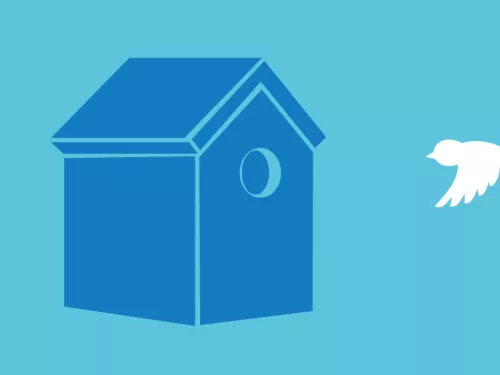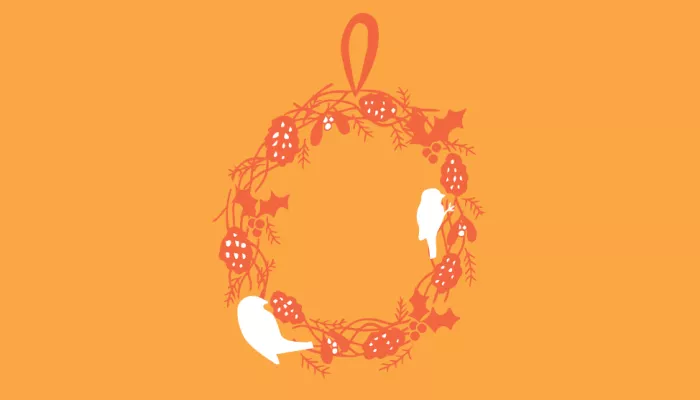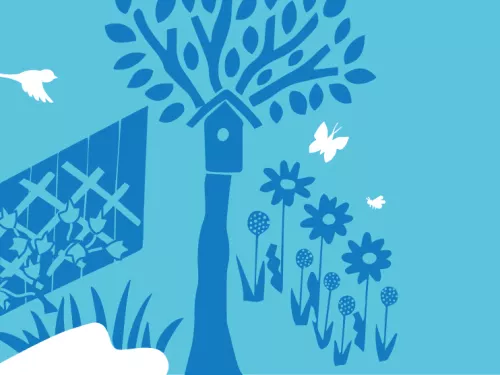
How to clean nestboxes and bird feeders
Nestboxes can harbour parasites so it is good practice to take them down at the end of the season and give them a clean. Likewise it is important to keep bird feeders clean to stop the spread of diseases.

With food, water and shelter scarce over the winter months, give your garden birds a treat with an edible Christmas wreath.
The salt-laden winds that buffet our shores cause damage to plant limbs and stunt growth. Plants have to be specially adapted to cope with the salt, which causes leaf-burn and defoliation. The soil is unlikely to be first-rate either: light, sandy, lacking in nutrition, unable to retain moisture and probably containing a high salt content. Rainfall can also vary from meagre to copious, depending on which side of the country you live on.
The good news is, with the right plants, there’s no reason why our maritime regions should not enjoy the same wealth of wildlife as the rest of the country. The insects, birds and other creatures to be found along our shores have all adapted to the often harsh environment, and many are exclusive to this particular habitat. For instance, some birds, butterflies and moths make the flight across the North Sea and the English Channel to set down in desirable habitats on our east coast.
Helping out our little feathered friends will give you the chance to see these creatures up close – including some species only around in the winter months
Keep birdfeeders and bird baths clean to prevent disease and parasites spreading. Keep bird food and tidbits, like your new wreath, topped up over the winter months – a constant supply will bring a steady stream of visitors!


Nestboxes can harbour parasites so it is good practice to take them down at the end of the season and give them a clean. Likewise it is important to keep bird feeders clean to stop the spread of diseases.

Swifts like to leave their nests by dropping into the air from the entrance. This is why they often choose to set up camp in the eaves of buildings. If you have a wall that's at least five metres tall, with a clear flyway in front, then installing a swift…

The colder months can be a tough time for wildlife, food is scarce and hibernators are looking for shelter. That's why we’ve put together our top tips for maintaining your garden for wildlife in autumn and winter. Spoiler – some of our tips can be done…

Whether feeding the birds, or sowing a wildflower patch, setting up wildlife areas in your school makes for happier, healthier and more creative children.

Attracting wildlife to your work will help improve their environment – and yours!

Use the blank canvas of your garden to make a home for wildlife.